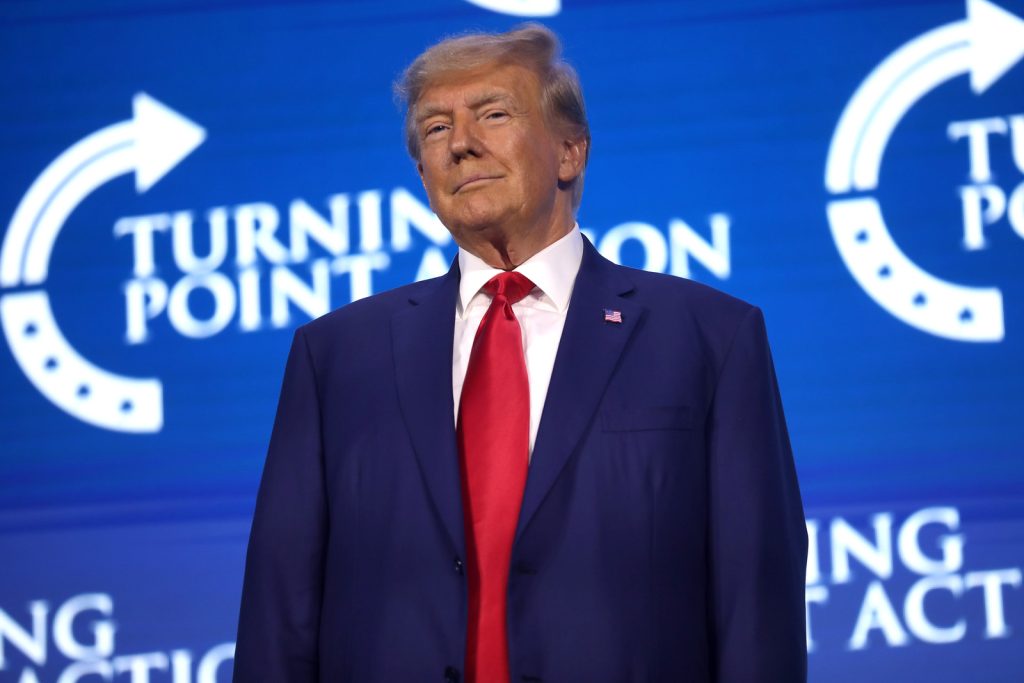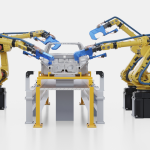U.S. manufacturing activity contracted further in April, with the Institute for Supply Management’s April Purchasing Managers’ Index slipping to 48.7%. Industry leaders point to tariff policy uncertainty as a primary driver of weak demand, rising input costs, and customs-related slowdowns – creating fresh challenges for supply chain directors trying to maintain operational stability.
PMI Drops Again as Tariff Risks Rise
April marked a new low for American manufacturing performance under the current administration, marking a second consecutive month of contraction following only a brief return to growth in early 2025. The PMI is derived from the Institute for Supply Management’s Manufacturing Business Survey Committee, composed of senior procurement, supply chain, and operations executives from 18 manufacturing industries.
Key sub-indexes, including production and new export orders, fell sharply, with production alone dropping to 44%, a decline ISM equates with direct revenue losses. In an official statement, Timothy Fiore, chair of ISM’s Manufacturing Business Survey Committee, described the drop as a “clear sign of revenue strain.” Executives across 18 industries echoed this concern, warning of escalating disruption caused by what many described as “tariff whiplash.”
Fiore noted that 82% of respondents cited tariffs as a primary concern, citing confusion over abrupt policy shifts, price instability, and stalled cross-border shipments. As one survey participant in the chemical products sector put it, “Uncertainty over tariffs is providing a big challenge from both Tier-1 suppliers we will have to pay tariffs on directly and Tier-2 suppliers that will try to pass tariffs through to us.”
Export orders saw a sharp 6.5-point drop to 43.1%, the lowest level since the COVID-era downturn, while backlogs and employment also contracted. Some manufacturers are holding back orders altogether; others are refusing to quote jobs they can’t price reliably due to shifting duties. “Strategic procurement and the supply chain are paralyzed in a world that changes daily due to tariffs,” reported one executive in nonmetallic mineral products.
Logistics Strained as Customs Delays Mount
The downstream effects are now hitting logistics flows. Supplier deliveries slowed for the fifth month in a row, with ISM’s index rising to 55.2%. Unlike other indicators, a higher Supplier Deliveries Index actually reflects delays—often due to customs friction or shipment acceleration ahead of anticipated tariff hikes.
Fiore warned that material clearance delays at U.S. ports are increasing, even if demand remains soft for now. “It reflects that it’s harder to get material because of administrative stuff that’s needed to clear deliveries,” he said. The risk? If orders rebound without clearer trade guidance, ports could jam—repeating a pattern seen during the pandemic’s worst shipping congestion.
The April report also coincided with fresh GDP data showing a 0.3% contraction in Q1, a sharp reversal from the 2.4% growth in Q4 2024. Still, President Trump projected confidence during a White House event marking his 100th day in office, celebrating $2 trillion in manufacturing investment pledges. “We’re going to bring back the most beautiful words—‘Made in the USA,’” he said.
But on the factory floor, that narrative is met with caution. Many respondents cited margin erosion, rising input prices, and forced negotiations with suppliers over who absorbs tariff costs. In a telling comment from the machinery sector, a respondent reported customers are “holding back orders to understand what is happening with tariffs,” while others “force us to accept the tariffs, which causes us to ‘no quote’ the job.”
Trade Clarity Now Critical to Operational Stability
The April PMI reading captures more than just a momentary dip in manufacturing, it reflects the growing operational burden that unpredictability in trade policy places on U.S. supply chains. While long-term investment headlines signal optimism, the near-term conditions reported by ISM respondents underscore the importance of stability, clarity, and coordinated execution.
For business leaders tasked with planning procurement, logistics, and production, the challenge now lies in balancing cost control with contingency readiness. Tariffs may be a lever of industrial policy, but without a consistent framework and timely communication, they risk becoming an obstacle to the very resilience they aim to support.







